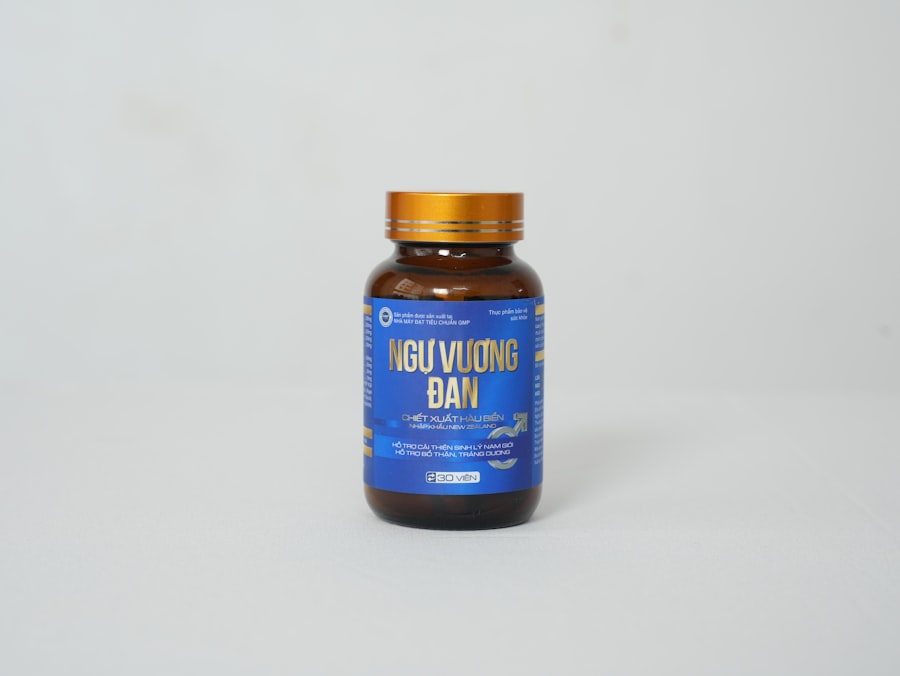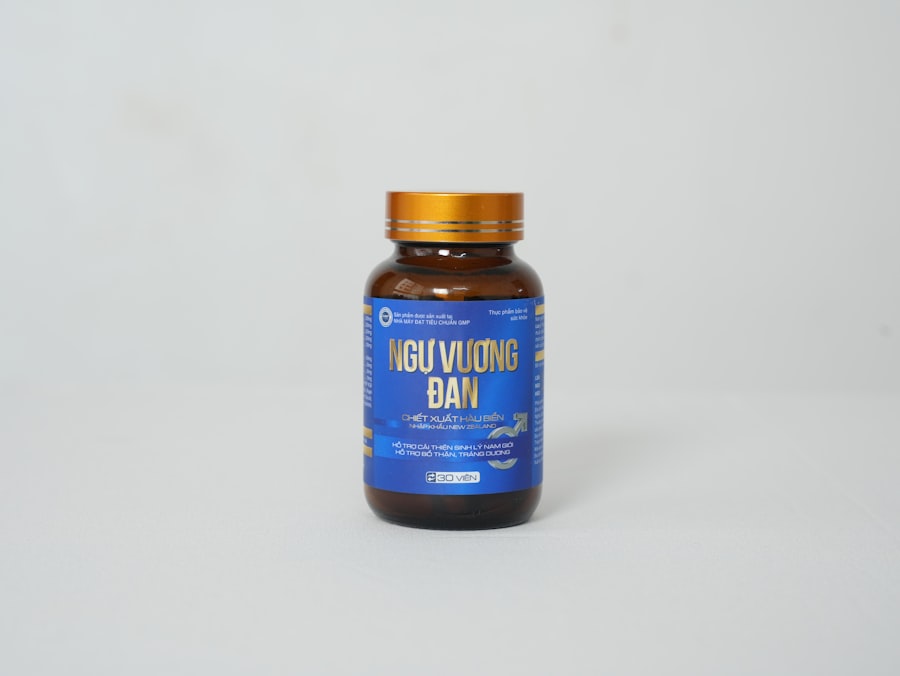When you think about potatoes, you likely envision a versatile and beloved staple in your diet. However, it’s essential to understand that potatoes can contain a naturally occurring toxin known as solanine. This compound is part of the plant’s defense mechanism against pests and diseases, and it is primarily found in the green parts of the potato, including the skin and any sprouts.
Solanine can be harmful if consumed in large quantities, leading to symptoms such as nausea, vomiting, and even more severe neurological effects. As you enjoy your favorite potato dishes, being aware of solanine can help you make safer choices. Solanine levels can increase due to various factors, including exposure to light and improper storage conditions.
When potatoes are exposed to light, they begin to produce chlorophyll, which gives them a green hue. This greening is often accompanied by an increase in solanine levels. Therefore, understanding solanine is not just about recognizing its presence but also about knowing how to manage it effectively in your kitchen.
By being informed, you can enjoy potatoes while minimizing any potential health risks associated with this toxin.
Key Takeaways
- Solanine is a natural toxin found in potatoes, especially in the green parts and sprouts.
- Potatoes with high solanine levels can be identified by their green color, bitter taste, and soft or wrinkled skin.
- Proper storage of potatoes in a cool, dark place can help reduce solanine levels.
- Safe cooking methods such as boiling, baking, or microwaving can help reduce solanine levels in potatoes.
- It is important to avoid consuming green potatoes as they contain high levels of solanine, which can be toxic.
- Peeling potatoes can help reduce solanine levels, but leaving the skin on can provide additional nutrients and fiber.
- Choosing the right variety of potatoes, such as Yukon Gold or red potatoes, can help reduce the risk of high solanine levels.
- Blanching potatoes before consumption can help reduce solanine levels and make them safer to eat.
- It is advisable to limit consumption of potatoes with high solanine levels to reduce the risk of solanine poisoning.
- High consumption of solanine can lead to health risks such as nausea, vomiting, diarrhea, and even neurological effects, so it’s important to be cautious.
- If you have concerns about solanine consumption, it’s best to consult a doctor for personalized advice and guidance.
Identifying Potatoes with High Solanine Levels
Identifying potatoes that may have high solanine levels is crucial for your health and safety. When selecting potatoes, look for any signs of greening on the skin. If you notice a green tint, it’s a clear indication that solanine may be present.
Additionally, any sprouts or eyes on the potato can also indicate higher solanine levels. These areas should be removed before cooking or consuming the potato. You should also be cautious of potatoes that feel soft or have a wrinkled appearance, as these may have begun to degrade and could contain elevated levels of solanine.
Another factor to consider is the age of the potato. Older potatoes are more likely to have higher solanine levels due to prolonged exposure to light and air.
If you’re unsure about the quality of a potato, it’s better to err on the side of caution and choose another one. By being vigilant in your selection process, you can significantly reduce your risk of consuming potatoes with high solanine levels.
Proper Storage to Reduce Solanine Levels

Proper storage of potatoes is essential in minimizing solanine production. To keep your potatoes fresh and safe for consumption, store them in a cool, dark place away from direct sunlight. A pantry or a cupboard that maintains a consistent temperature is ideal.
Avoid storing potatoes in plastic bags, as this can trap moisture and promote sprouting. Instead, use a paper bag or a breathable container that allows air circulation. Additionally, it’s important to keep potatoes away from other fruits and vegetables that emit ethylene gas, such as apples and bananas.
Ethylene can accelerate the ripening process and lead to increased sprouting and greening in potatoes. By taking these simple storage precautions, you can help ensure that your potatoes remain low in solanine and safe for your meals.
Safe Cooking Methods to Reduce Solanine
| Cooking Method | Effectiveness in Reducing Solanine |
|---|---|
| Boiling | High |
| Steaming | High |
| Baking | High |
| Microwaving | High |
| Frying | Low |
Cooking methods can also play a role in reducing solanine levels in potatoes.
Boiling or baking potatoes can be effective ways to reduce solanine levels, especially if you peel them beforehand.
Boiling potatoes in water allows some of the solanine to leach out into the cooking water, which you should discard afterward. Frying potatoes is another popular cooking method; however, it may not be as effective in reducing solanine levels compared to boiling or baking. If you choose to fry your potatoes, consider cutting them into smaller pieces to increase the surface area exposed to heat.
This can help cook them more thoroughly and potentially reduce some of the toxin present. Ultimately, being mindful of your cooking methods can contribute to safer potato consumption.
Avoiding Green Potatoes
One of the most straightforward ways to protect yourself from solanine is by avoiding green potatoes altogether. If you come across a potato with significant greening or visible sprouts, it’s best to discard it rather than attempt to salvage it by peeling or cutting away the affected areas. The green color indicates that solanine has developed, and consuming even small amounts can lead to adverse health effects.
When preparing meals, make it a habit to inspect your potatoes carefully before cooking. If you find any green spots or sprouts, don’t hesitate to throw them away. By being proactive about avoiding green potatoes, you can significantly reduce your risk of solanine exposure and enjoy your meals with peace of mind.
The debate over whether to peel potatoes or leave the skin on often comes down to personal preference and nutritional considerations. However, when it comes to solanine content, peeling can be a wise choice if you’re concerned about toxin levels. The skin of the potato is where most of the solanine resides, especially if the potato has been exposed to light or has begun to sprout.
If you choose to leave the skin on for added nutrients and fiber, ensure that you thoroughly wash the potatoes and remove any green areas or sprouts before cooking. This way, you can enjoy the benefits of the skin while minimizing your exposure to solanine. Ultimately, whether you peel or not should depend on your comfort level with potential toxins and your culinary preferences.
Choosing the Right Variety of Potatoes

Not all potato varieties are created equal when it comes to solanine content. Some types naturally contain lower levels of this toxin than others. For instance, waxy varieties like red or new potatoes tend to have less solanine compared to starchy varieties like russets.
When shopping for potatoes, consider opting for those that are known for their lower solanine levels. Additionally, organic potatoes may also be less likely to have high solanine levels due to their cultivation methods. Organic farming practices often emphasize natural pest control and minimize exposure to harmful chemicals that could affect potato growth.
By choosing the right variety of potatoes, you can further reduce your risk of encountering high solanine levels in your meals.
Blanching Potatoes Before Consumption
Blanching is a cooking technique that involves briefly boiling food before plunging it into ice water to stop the cooking process. This method can be particularly beneficial for reducing solanine levels in potatoes before consumption. By blanching your potatoes for a few minutes and then cooling them quickly, you can help leach out some of the solanine while preserving their texture and flavor.
To blanch potatoes effectively, start by washing and cutting them into uniform pieces for even cooking. Bring a pot of water to a boil and add the potato pieces for about three to five minutes. Afterward, transfer them immediately into an ice bath to halt further cooking.
This technique not only helps reduce toxins but also prepares your potatoes for various recipes while maintaining their nutritional value.
Limiting Consumption of Potatoes with High Solanine Levels
While it’s nearly impossible to eliminate all risks associated with solanine completely, limiting your consumption of high-solanine potatoes is a practical approach to safeguarding your health. Be mindful of how often you include potatoes in your diet and consider balancing them with other vegetables that are lower in toxins. This way, you can still enjoy the taste and versatility of potatoes without overexposing yourself to potential risks.
In addition to moderation, consider diversifying your diet with other carbohydrate sources such as whole grains or legumes. By incorporating a variety of foods into your meals, you not only reduce your reliance on potatoes but also enhance your overall nutritional intake.
Health Risks Associated with High Solanine Consumption
Consuming high levels of solanine can lead to various health issues that range from mild discomfort to severe reactions. Symptoms may include gastrointestinal distress such as nausea, vomiting, diarrhea, and abdominal pain. In more severe cases, excessive intake can lead to neurological symptoms like dizziness, confusion, and even hallucinations.
Understanding these health risks emphasizes the importance of being vigilant about solanine levels in your food choices. While occasional consumption of potatoes is generally safe for most people, being aware of how much you eat and how they are prepared can help prevent adverse effects from occurring.
Consulting a Doctor for Solanine-related Concerns
If you have specific concerns about solanine exposure or experience symptoms after consuming potatoes, consulting a healthcare professional is advisable. They can provide personalized guidance based on your health history and dietary habits. Additionally, if you have underlying health conditions or are pregnant, discussing your potato consumption with a doctor becomes even more critical.
By staying informed about solanine and its potential effects on health, you empower yourself to make better dietary choices regarding potato consumption. Remember that knowledge is key; by understanding what contributes to solanine levels and how to manage them effectively, you can enjoy this beloved vegetable while minimizing any associated risks.
To effectively reduce solanine levels in potatoes, it is essential to store them in a cool, dark place and avoid exposing them to light, which can increase solanine production. Additionally, peeling and cooking potatoes can significantly lower their solanine content. For more detailed information on how to manage solanine levels in potatoes and other related health tips, you can read this article on Explore Senior Health. This resource provides valuable insights into maintaining a healthy diet and lifestyle, particularly for seniors.
Over 60? Ditch THIS Sneaky Veggie Wrecking Digestion, Bloating, and Microbiome Balance.
FAQs
What is solanine and why is it important to reduce it in potatoes?
Solanine is a toxic compound found in potatoes, especially in green potatoes and potato sprouts. It can cause symptoms such as nausea, vomiting, diarrhea, and in severe cases, it can lead to coma or even death. Therefore, it is important to reduce solanine levels in potatoes to ensure food safety.
How can I reduce solanine in potatoes?
To reduce solanine in potatoes, it is important to store them in a cool, dark place to prevent them from turning green. Additionally, peeling and cooking potatoes can help reduce solanine levels, as solanine is concentrated in the skin and can be partially destroyed by heat.
Are there specific potato varieties with lower solanine levels?
Yes, some potato varieties naturally have lower levels of solanine. Varieties such as Yukon Gold, Red Bliss, and Russet Burbank are known to have lower solanine levels compared to other varieties.
Can I eat potatoes with green spots if I cut them out?
It is not recommended to eat potatoes with green spots, even if you cut them out. The green color indicates the presence of solanine, and it is best to avoid consuming any part of the potato that has turned green.
Can cooking methods affect solanine levels in potatoes?
Yes, cooking methods can affect solanine levels in potatoes. Boiling, baking, and frying potatoes at high temperatures can help reduce solanine levels, as the compound is partially destroyed by heat. However, microwaving potatoes may not be as effective in reducing solanine levels.
